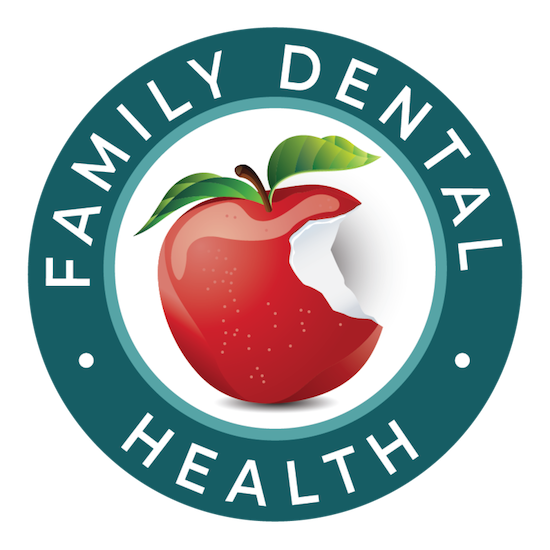What is restorative dentistry?
Restorative dentistry is essentially restoring or returning a tooth back to its original form, function, and strength. This could involve repairing a tooth where a part has broken off or dealing with a cavity that has invaded the tooth. Many people also wear their teeth down by grinding them, and we can restore the function and the strength of the teeth. The primary goal is to mimic nature and return the tooth back to its original state.
What conditions would require restorative dentistry?
Conditions like cavities that invade the tooth, causing it to crumble, require restorative dentistry. In such cases, we ensure the tooth is healthy, leaving a hole that needs to be fixed to restore the tooth back to its original shape and strength. This is typically accomplished with a filling.
What is a crown?
A crown is considered when a tooth is badly damaged, has cracks, or is broken. It's like a helmet that goes over the tooth and acts to strengthen it. It kind of hugs the tooth and goes over the top, protecting it from breaking apart.
What are inlays and onlays?
An inlay or an onlay is like a partial crown. A full crown wraps all the way around the tooth, but sometimes only a corner of the tooth may be broken off or a sizable part might be damaged while the rest is in good condition. In such cases, we can be more conservative than a crown and just put in an onlay or an inlay.
When would you need a root canal?
A root canal is needed if you have a crack, fracture, decay, or trauma that affects the nerve enough to where the nerve dies and possibly starts an infection. It involves cleaning out the inside of the nerve where the nerve used to be, cleaning out the roots, and doing a filling down there. After a root canal, some kind of restoration needs to be done on the top chewing part of the tooth, almost always a crown.
What is a dental bridge?
A dental bridge is used when there's a tooth missing in the middle of two teeth. It spans over the gap, with a crown on each of the two side teeth and another crown that connects to those two and hovers over the gums. It restores that tooth in a way that you can chew there, it doesn't allow the teeth to shift, and you keep on trucking.
What are dental implants?
Dental implants replace the root part of the missing tooth and the chewing part of the missing tooth. When you can do a dental implant, it's preferred over a bridge almost always. That preserves bone, it preserves function, and it typically will last longer. It's the best restoration for a missing tooth.
What is a denture?
A denture is used when you have no teeth. It's not amazing compared to teeth, it's not a replacement for teeth, but it's a replacement for not having any teeth. It's going to get your smile back and restore some function. Much, much better than not having teeth.
What are dental veneers?
A dental veneer is like functional art. We can restore the shape of the tooth with a veneer, helping to strengthen the tooth and keep your teeth.
Is anesthesia or sedation used during restorative dental procedures?
Anesthesia or sedation is available at our practice and can be used if a patient is nervous about dentistry or if there's a lot of work to be done. With sedation, you don't remember the procedure and it doesn't matter how long you're in the chair.
What are the benefits of restorative dentistry?
The benefits of restorative dentistry are like taking a crippled person and making them walk again. You can have a mouth that's crippled and not functioning, and you can restore it back to something that's healthy and strong.
Are there risks associated with restorative dental procedures?
Of course there are risks with restorative dental procedures as we have to numb someone and we're working on people. But those risks are minimal. We make sure you're comfortable, and if there is an issue, we'll work it out and make it right for you.
How long does it take to recover from restorative dental procedures?
Most of the time, it's just as soon as the numbness goes away, you're ready to go. However, it depends on how much work you have done. Some people might need to take a few ibuprofen afterward to make it feel better.
What is the success rate with restorative dental procedures?
We live in an era of amazing dental technology. We have so many excellent tools and materials available to us. We have a great success rate with our restorations. At Flat Rock Family Dentistry, we even offer a warranty on our crowns. If you come and stay with us, we offer a five-year warranty on our crowns.
How can I schedule a dental appointment to restore my teeth and oral health?
To schedule an appointment for restorative dentistry, first we need to know what you need. We schedule an appointment to do an evaluation and then from there, we develop a custom treatment plan for you. It always starts with a thorough exam and a solid treatment plan that's made for you. And then we proceed from there.

